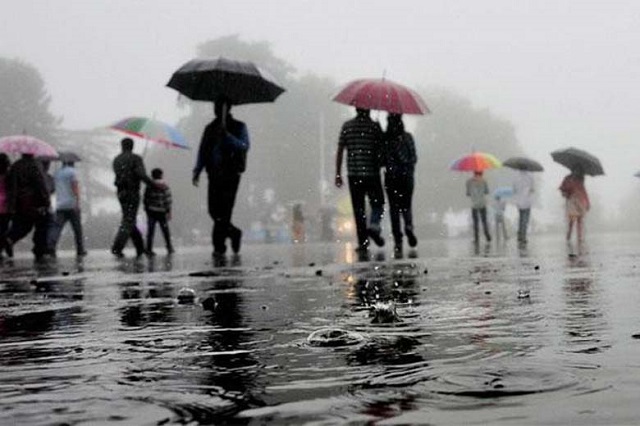Zim to get normal rains

Elita Chikwati, Harare Bureau
ZIMBABWE is expected to receive normal rains during the 2017/18 season, with southern parts of the country expected to receive normal to below normal rains, a detailed local forecast from the Meteorological Services Department (MSD) reveals.
The new report effectively allays fears generated by the Sadc Climate Services Committee (CSC) that Zimbabwe could be blighted by a two-pronged season -expected to affect the region – characterised by drought and floods.
Presenting the 2017/2018 rainfall forecast yesterday, MSD senior forecaster Mrs Lucy Mots said region one was expected to receive normal rains, with a bias towards above normal rains during the first half of the rainy season (October to December).
“The southern parts of the country, which is region two and three, will receive normal rains, with a bias towards below normal rainfall. However, as from December, January, February and March 2018, the season throughout the country will receive normal to above normal rains,” she said.
The MSD – which indicated that the forecast is mainly for planning purposes – said it will continue to monitor weather conditions, and will be issuing 10-day forecasts once the rainy season begins.
MSD director Dr Amos Makarau said if the rainy season pans out as envisaged, it will be a boon for local farmers, particularly if they get the necessary support.
“As for crop production, the most reliable rains are expected from mid-November onwards. Until that time, rains will be very erratic in October and November for regions one and two,” he said.
“We have always said Government should always plan for a drought every year because rainfall distribution is not the same in all areas. There are some rain shadow areas that may require assistance,” he said.
Dr Makarau added that the 2017/2018 season will be an average one relative to last year’s La Nina-plagued season, which saw periodic episodes of drought.
“The 2016/17 season was highly unusual and should not be used as a benchmark. The weather will still be favourable if inputs are there on time and there is irrigation. We do not anticipate a major drought.
There is possibility, according to Dr Makarau, that national dams, which are about 80 percent full, will overflow during the rainy season.
This, he also warned, might result in waterborne diseases, especially in urban areas.
“We are concerned that most of our dams are almost full and any small amount of rain from December onwards may lead to flooding in some areas. We should concentrate on water harvesting so that we harness the water for irrigation,” he said.
This year, the MSD will also request for funds from the Ministry of Finance and Economic Development for cloud seeding. “This time we want to take advantage of rain-bearing clouds and want to start cloud seeding as early as November in the southern parts of the country,” said Dr Makarau.
He urged members of the public to use weather information from the MSD rather than relying on social media as they can be misled.
“People should not think weather information from other countries is more reliable than ours. Our information is at national level and we get it at 4,5 kilometre resolution, unlike the regional or international which is far,” he said
The MSD said it will now incorporate indigenous knowledge systems to ensure the public get accurate forecasts that are beneficial.
The department is also working on acquiring rain gauges for every ward to ensure weather information is as accurate as possible.











Comments